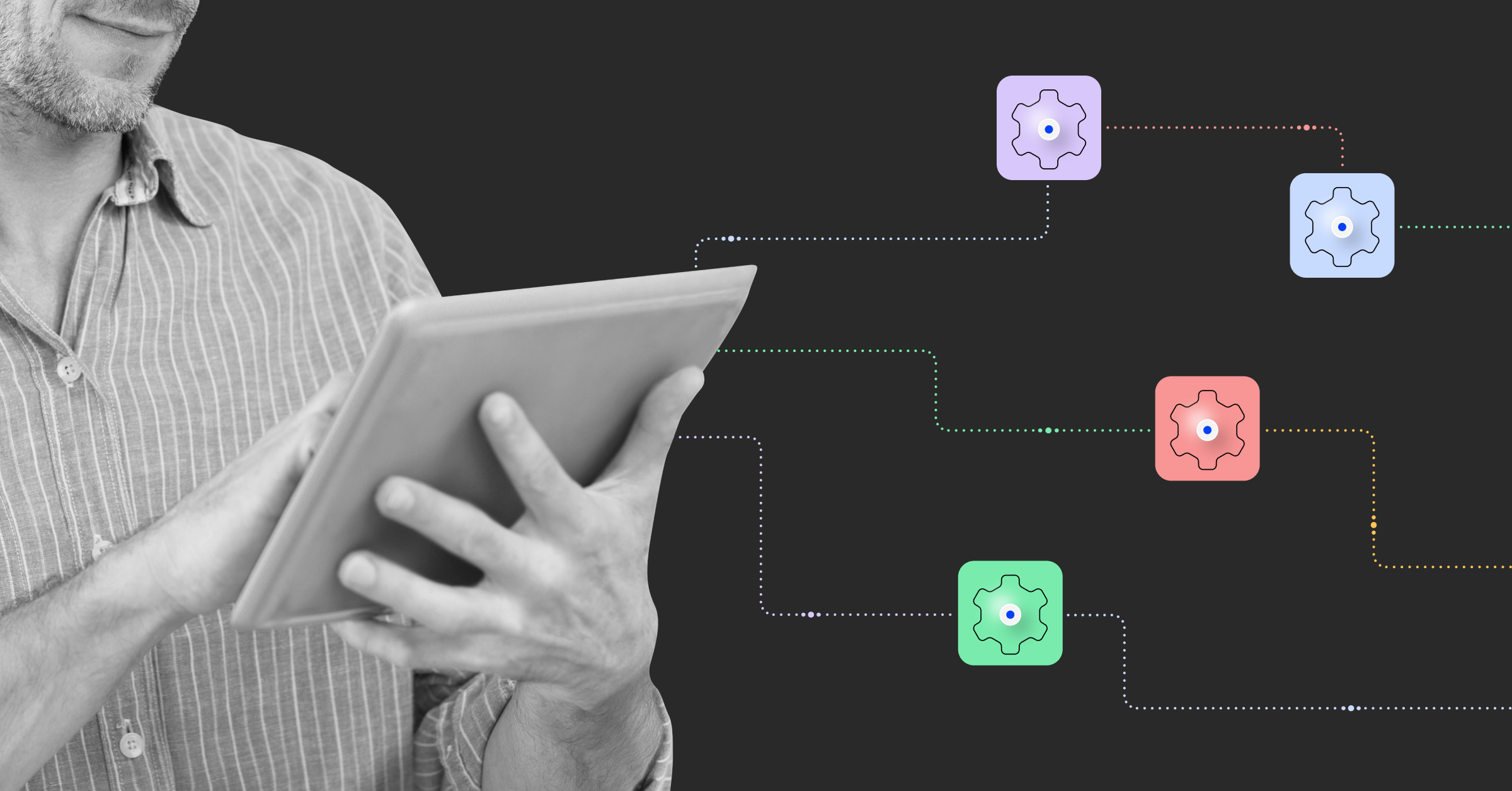A common thread among ITOps and incident management teams is their reliance on a deep understanding of their IT environment. Teams need access to all types of critical data to keep systems running. However, while access to this data is essential, it is also complicated. ITOps and incident management teams face significant challenges in locating, accessing, and synthesizing the correct data to fully understand an incident’s root cause and establish a remediation plan.
Constantly evolving IT environments have increased in complexity by orders of magnitude. Operators must sift through mountains of alerts, and prioritizing them based on impact and severity can seem impossible. Knowing which alerts to prioritize is extremely difficult, especially without the critical context to make those alerts actionable.
“Siloed information makes it difficult to centralize data and identify important alerts, which creates inefficiencies and extends incident resolution times,” said C Beers, a resident solutions architect at BigPanda, in a recent webinar. “Advancements in generative AI can help democratize access to operational knowledge so your responders know what’s happening and can act quickly.”
Giving operators more data isn’t the answer. They need the correct data presented in context. By delivering the precise information responders need—in context, quickly, and upfront—your teams can understand what happened, why, and what to do about it.
BigPanda performs AI-powered analysis on multi-source data, including historical data, to enable your teams to understand and explain incident impact quickly. With BigPanda, ITOps and incident management teams can accelerate incident response, improve IT service reliability, and:
- Reduce mean time to resolution (MTTR).
- Improve team efficiency and productivity.
- Streamline and automate remediation processes.
Accelerate IT incident detection and triage with AI-powered Event Management
Consider a situation where your team receives a critical P1 incident related to the customer checkout app. Your operators immediately need to know the incident’s cause and impact and how to resolve it as quickly as possible. BigPanda allows your teams to detect and triage this incident faster with AI-powered Event Management.
BigPanda uses AI to correlate alerts across the IT infrastructure and enrich them with relevant context, transforming fragmented IT noise into high-quality, actionable insights. This minimizes noise and team fatigue while improving visibility into incident priority and impact.
“Before implementing BigPanda, the amount of alert noise was overwhelming,” said Christopher Black, divisional CTO at CDI, an AHEAD Company. “BigPanda enabled us to implement AI that reduces alert noise and gets us to root cause faster.”
Rather than manually sifting through data to uncover connections within seemingly independent alerts spread across teams and tools, operators can quickly move from triage to focus on issue resolution.
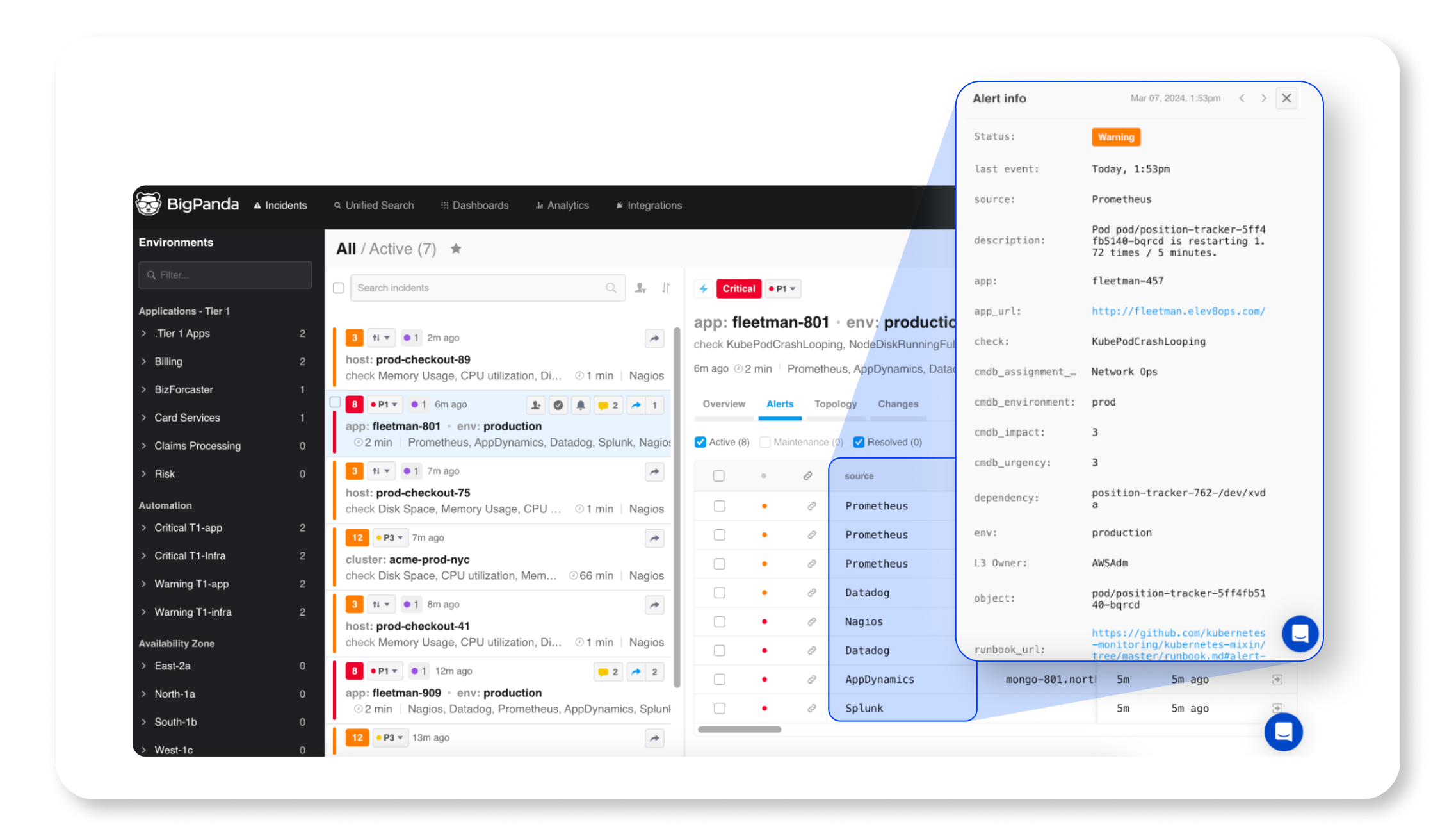
Your P1 responders can triage alerts directly without initiating a bridge call or escalating the issue to more experienced and costly resources. For instance, they can identify storage issues causing latency and CPU throttling, which affect customer store checkout processing. The Incident Timeline view displays the sequence of triggered alerts over time.
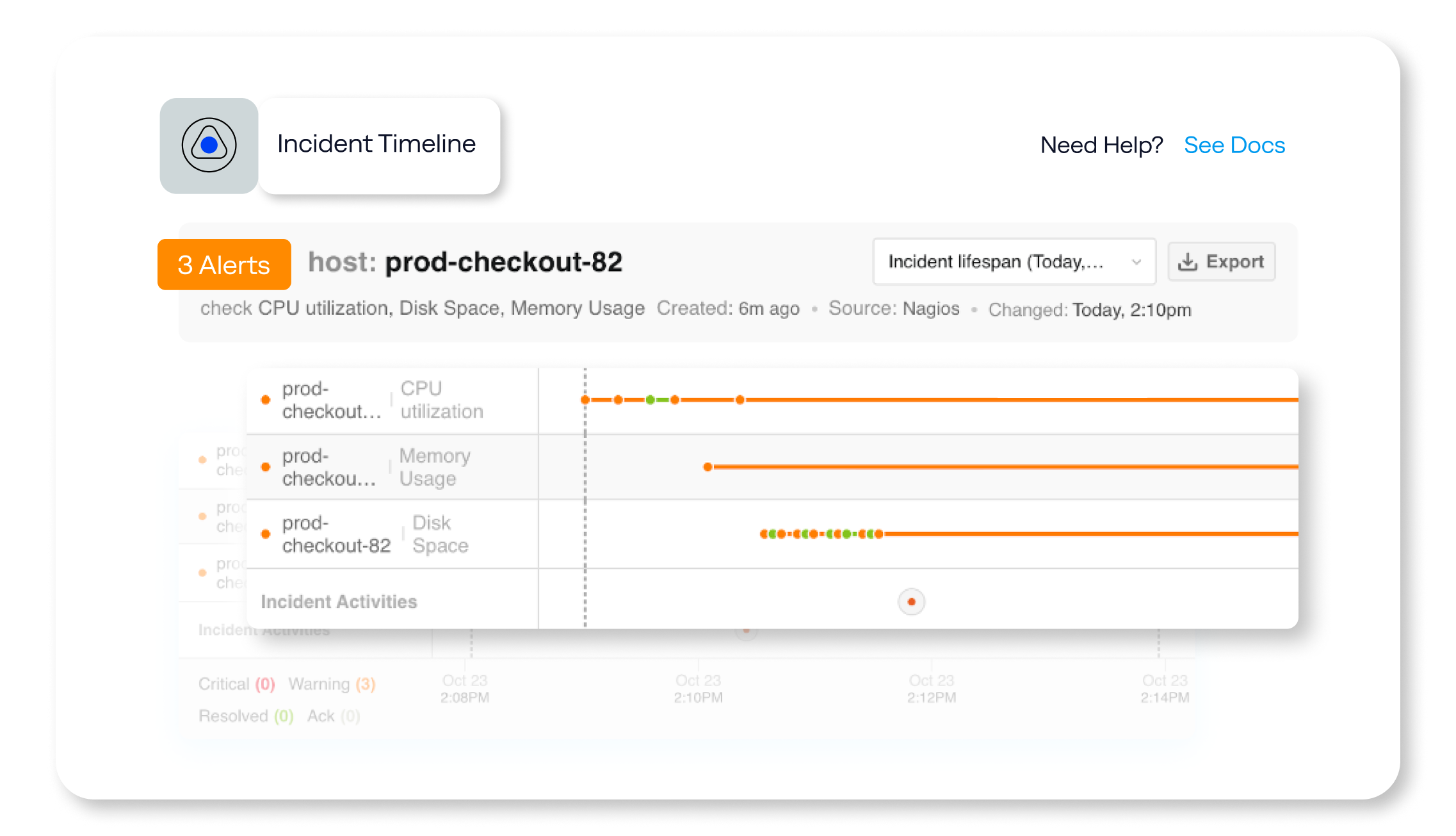
Expedite IT incident analysis with GenAI and historical context
BigPanda Advanced Insight uses generative AI to analyze multi-source data, so ITOps and incident management teams can triage faster and improve service availability. Operators gain instant access to context-enriched incident summaries in clear, plain language, and L2 incident teams can now focus on actionable incident tickets when they integrate BigPanda with ServiceNow. With access to the most relevant context about alerts directly within ServiceNow, responders can quickly understand and communicate an incident’s impact, priority, and assignment.
Features within the BigPanda Advanced Insight Module include:
Let’s look at the customer checkout incident again through the lens of BigPanda Advanced Insight. When the P1 ticket comes in, it lists several correlated alerts related to the customer checkout app. Instead of going through the alerts to create an incident summary based on searches, Automated Incident Analysis provides responders with:
- AI-generated incident summaries that synthesize complex alert data into concise, natural-language titles and summaries within seconds.
- Automated root cause analysis that quickly identifies the factors that cause IT incidents across complex IT environments.
- Incident overviews that include probable root cause populated directly in chat and ITSM tools so your teams can relay priority actions for ITOps, L2, and L3 teams at scale.
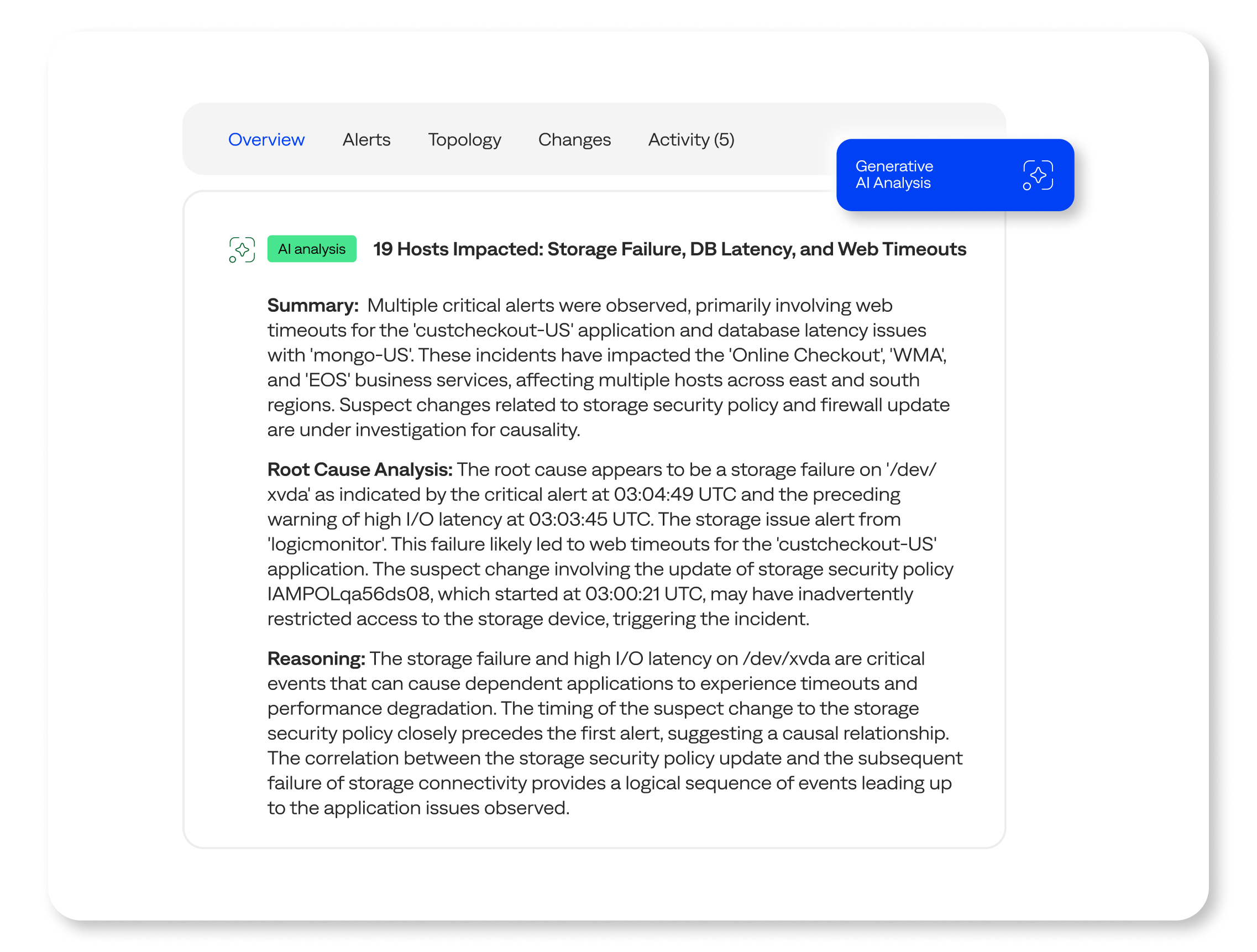
In our scenario, responders would immediately see concise incident titles and impact summaries to jumpstart triage. In this incident, the analysis would show details of the storage issue causing the latency and CPU throttling that directly impact the ability to process customer store checkouts.
With Root Cause Analysis, any operator triaging the P1 incident can see if a change potentially caused the checkout issue. System changes cause most incident-impacting alerts, so it’s essential to have a clear view of recent changes. With evidence pointing toward a change as the root cause, operators would then ask: Have we experienced a similar incident in the past? How did we resolve it?
Similar Incidents reduces manual investigation by providing historically relevant data to answer these questions as additional insight into your active incident. Prioritized and contextualized historical data helps operators:
- Understand probable impact based on past escalations
- Assign the right team for remediation
- View previous remediation steps
In our example, Similar Incidents presents a statistically similar incident that your organization previously resolved. Operators can refer back to that incident’s activity thread to see that several teams got involved before concluding the issue was because of a security change. Viewing the complete incident timeline removes the need for back-and-forth exchanges between multiple teams. Responders can go directly to the security team to confirm that a security policy update blocked storage access. Operators can then work with the security team to correct the policy change and restore access.
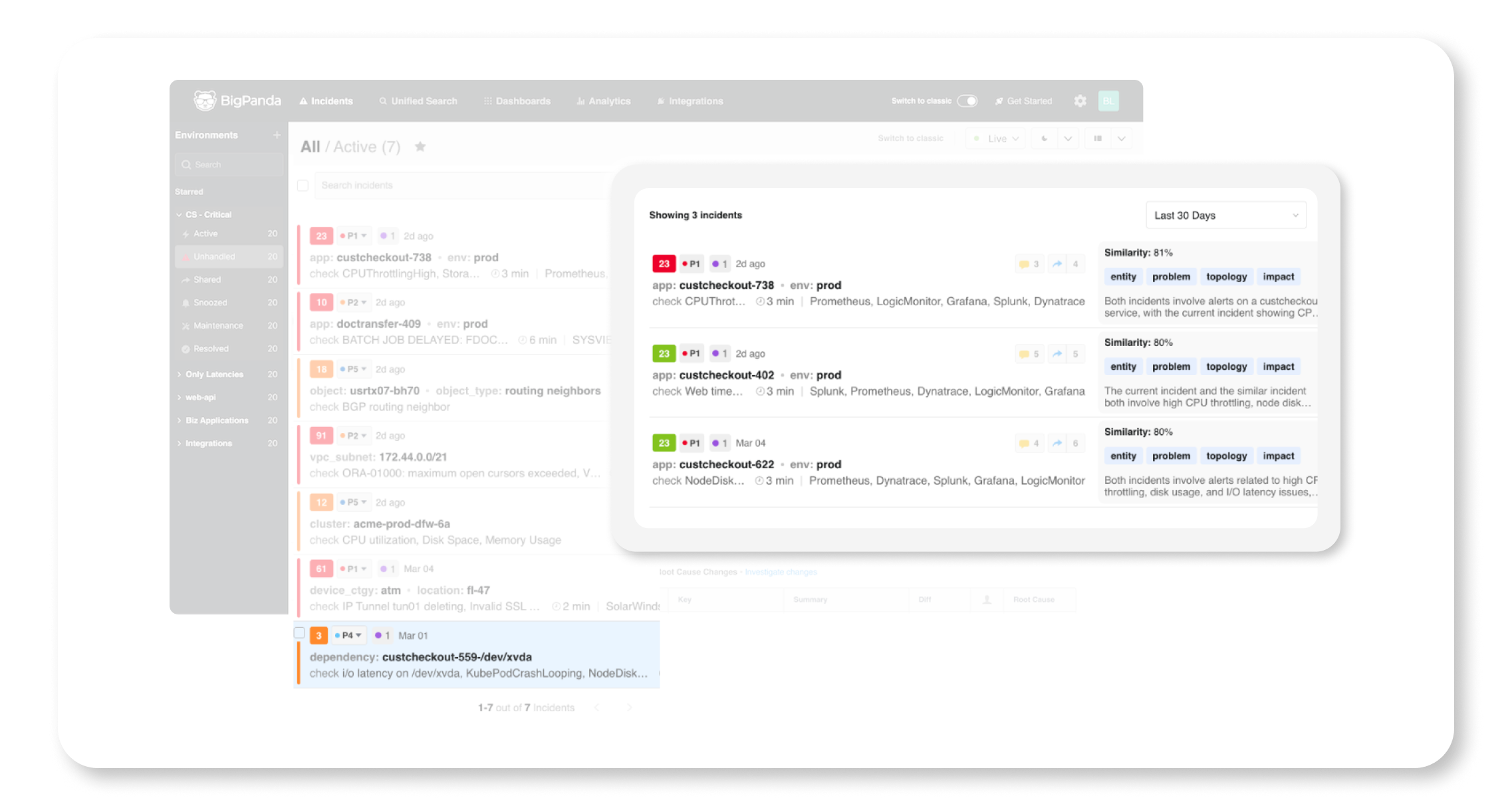
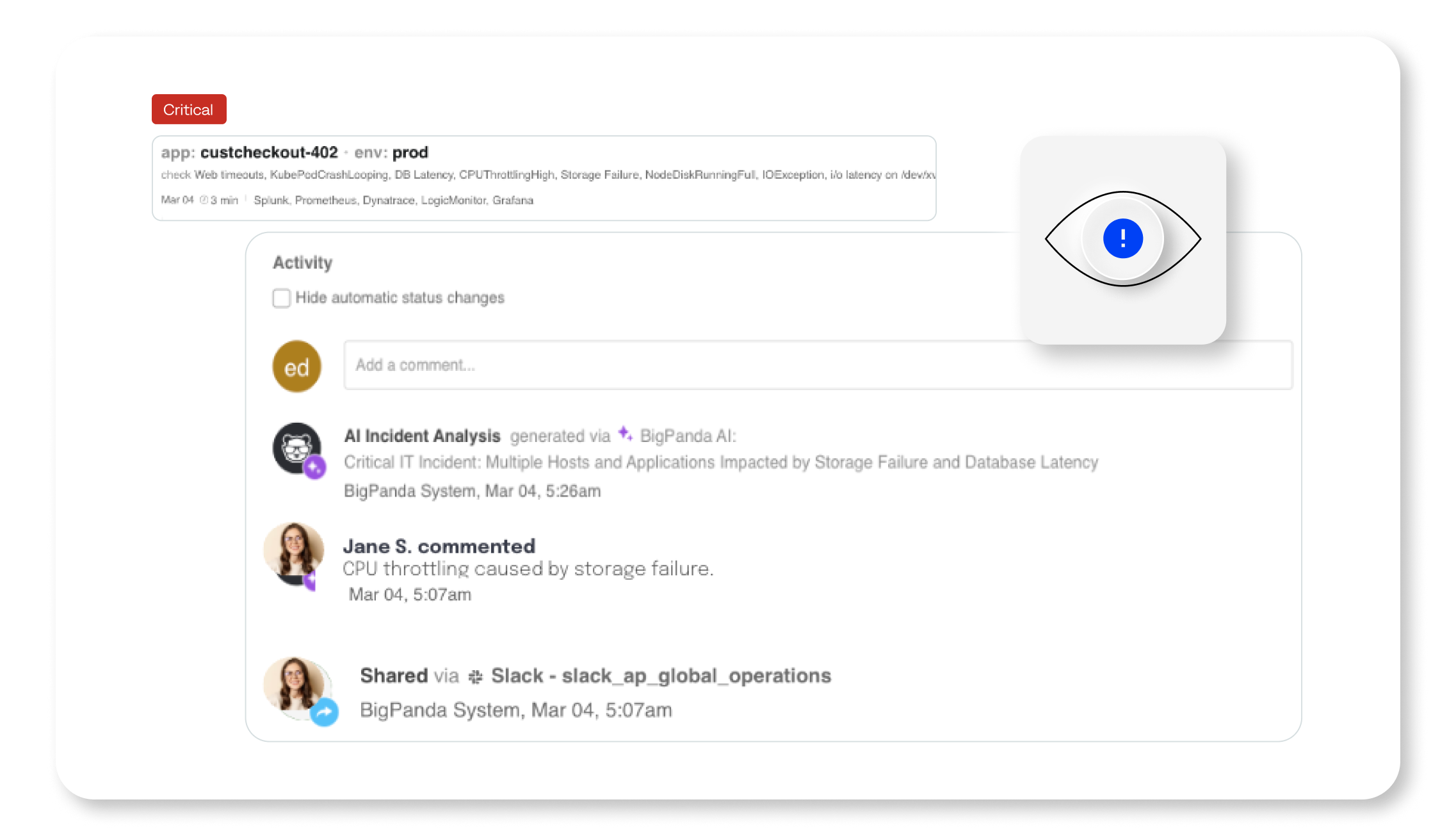
With BigPanda Advanced Insight, you can accomplish these actions without additional lengthy investigations or bridge calls. AI-powered summaries delivered directly to your operators and L2 teams give them a significant advantage during incident response, ensuring consistent and efficient triage and investigation. Your teams gain actionable insights to understand every incident’s priority, impact, root cause, and resolution steps.
Take the next steps towards AI-powered IT incident management
By using AI to give every operator improved access to contextualized incident data, ITOps teams can remove silos, improve collaboration and efficiency, and reduce their workload.
“Adding context to enrich alert data leads to more effective prioritization,” said Paul Bevan, research director of IT infrastructure at Bloor Research. “This results in faster problem resolution and fewer service disruptions.”
You can take a self-paced demo to walk through the above incident example. To learn more, download our new e-book, How AI-powered Event Management turns IT data actions to explore how your organization can accelerate incident analysis.
“The rapid, automated extraction of meaningful insights from our complex IT alert environment not only makes us better at L1 response but also reduces escalations to our L2 and L3 experts.”
Jeremy Talley
Lead Operations Engineer, Robert Half International




